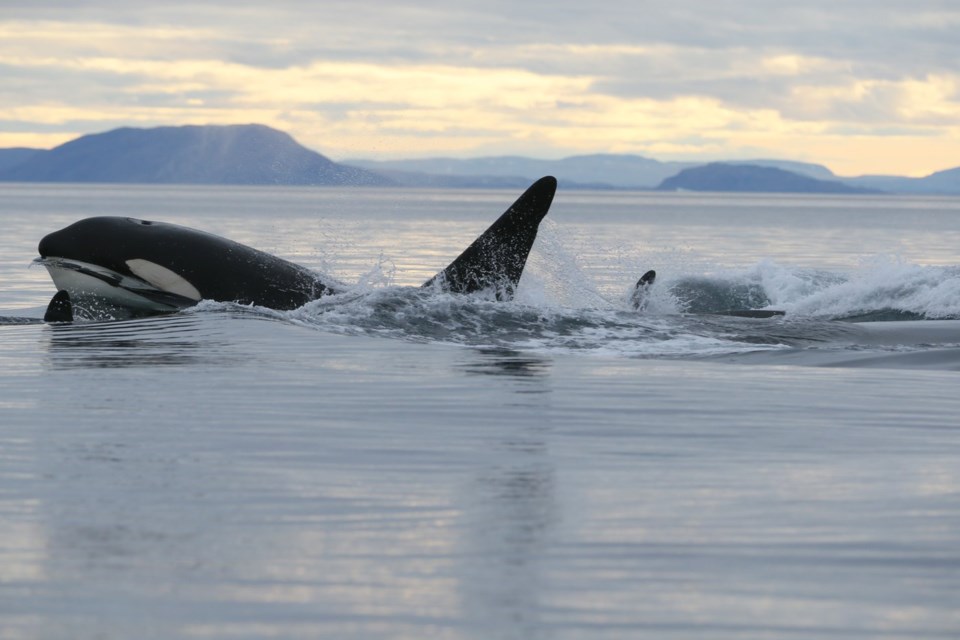Killer whales are expanding their territory and have moved into Arctic waters as climate change melts sea ice, with two genetically distinct populations being identified by Canadian scientists.
But their study says that could have "severe consequences" for potential prey whales such as belugas, narwhals and bowheads, that lead researcher Colin Garroway called "slow, chubby and delicious."
Garroway, an evolutionary geneticist at the University of Manitoba, said in an interview that the situation was complex — the Arctic orcas have the potential to upend ecosystems as apex predators, even as they merit conservation concern.
The study says the orcas could also affect humans, by "adding top-down pressure on Arctic food webs crucial to northern communities' social and economic well-being."
It says killer whales in the eastern Canadian Arctic have been observed preying mostly on beluga whales and narwhals, followed by bowhead whales and seals.
"We think there's going to be a big change in the community structure and how these different creatures interact," said Garroway.
The study says the Arctic is the fast-warming region on the planet, and as sea ice retreats, its waters are opening to traditionally sub-Arctic species such as killer whales.
Garroway said killer whales were once thought infrequent Arctic visitors, since they risked breaking their famous dorsal fins on ice.
But sightings have become more frequent.
Garroway said researchers took tissue samples from the orcas "and we were super surprised that there are actually two highly distinct populations."
"I was like — I didn't believe it, and then I dug in and dug in and … it's all pretty straightforward stuff to do when you have the data. And, sure enough, there were two distinct populations," said Garroway, adding that they numbered in the hundreds.
The study, published in "Global Change Biology" in June, describes one group as "globally genetically distinct" while the second is similar to killer whales from Greenland.
Garroway said the two Arctic orca groups have different feeding behaviours and vocalizations, and don't recognize each other as potential mates.
Hundreds of thousands of beluga, narwhal, bowhead, sperm whales, and bottlenose whales live in the Arctic orcas' territories, he noted.
"Now that there's no ice cover, we think that's one of the things enticing the killer whales in," said Garroway.
"There's all these slow, chubby, and delicious whales in the Arctic that are easier to get than otherwise … It's interesting to see more killer whales in the Arctic, and being top predators, they can disrupt the ecosystem."
The study notes that the orcas' prey species are "culturally and economically important to Indigenous communities, so these species also merit conservation and management concern in light of killer whale populations moving into the Arctic."
Garroway said that during the research period, which lasted several years, the team heard from Indigenous groups from northern communities who expressed concerns about killer whales moving in and hunting food that was "crucial" to their communities.
"That's what makes it all so confusing because the killer whales themselves are an at-risk population and it's all changing," said Garroway.
Garroway said the research is ongoing, and much was unknown about the Arctic orcas' ecology, including where they go during the winter when the seas freeze over.
Tracking them has been difficult.
"We've had a number of whales with transmitters on, but it seems like the longest one just gets us to the edge of the Arctic and then blinks out," said Garroway.
"We don't know where these whales go when they're not in the Arctic … there's lots to learn."
This report by The Canadian Press was first published Dec. 26, 2024.
Nono Shen, The Canadian Press



